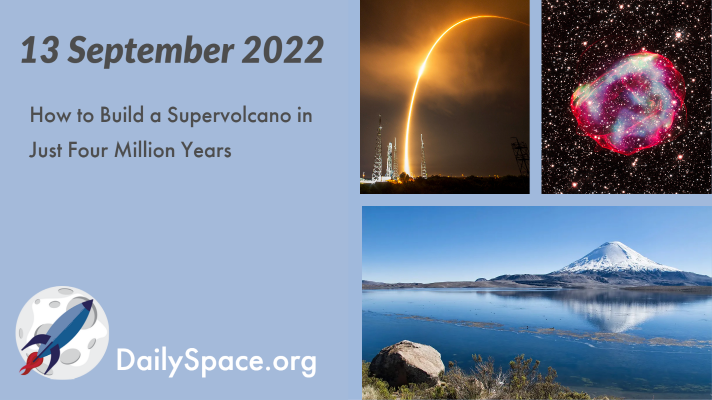
Sep 14, 2022 | Blue Origin, Daily Space, Earth, Our Solar System, Spacecraft, SpaceX, Star Forming Region, Starlink, Supernovae Remnants, Volcanoes
Using pockets of gas found in tiny crystals, scientists have created a timeline for the formation and eruption of four supervolcano events in northern Chile more than twenty million years ago. Plus, rocket launches, gorgeous new space images, and an interview with Jian-Yang Li about the upcoming DART mission’s impact.
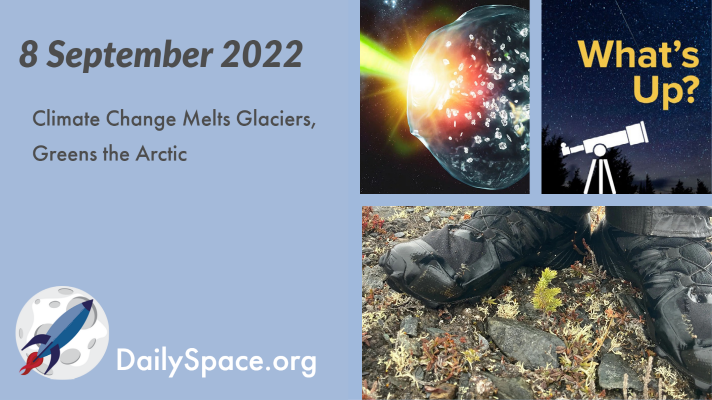
Sep 9, 2022 | Climate Change, Daily Space, Earth, Exoplanets, Mars, Moon, Nebulae, Neptune, Our Solar System, Rockets, Science, Sky Watching, Space China, Spacecraft, Uranus
As global temperatures rise, Earth observations show that glaciers are retreating and ice sheets are melting everywhere from Greenland to Antarctica while regions of the Arctic are getting greener. Plus, collaborations lead to new Mars and exoplanet discoveries, several rockets launched, and this week’s What’s Up involves Dr. Brian May of Queen.
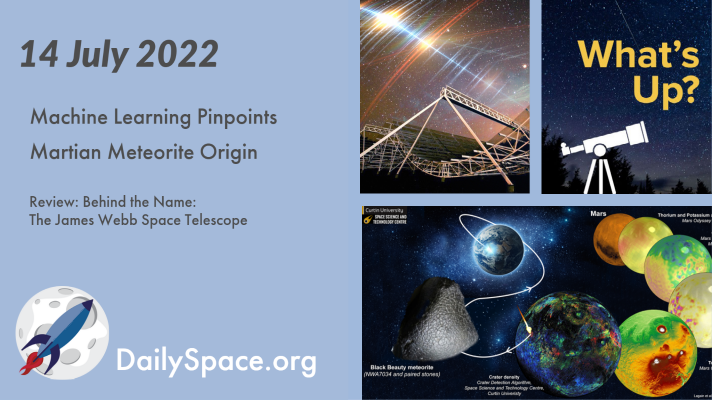
Jul 15, 2022 | Crewed Space, Daily Space, Earth, Fast Radio Bursts, Jupiter, Mars, Review, Science, Sky Watching, Spacecraft, SpaceX, Supernovae
Using layers of data from a variety of Martian missions, researchers have developed a machine learning algorithm that identified the actual crater from which a particular Martian meteorite originated. Plus, a radio heartbeat, and our last What’s Up and review of the season.
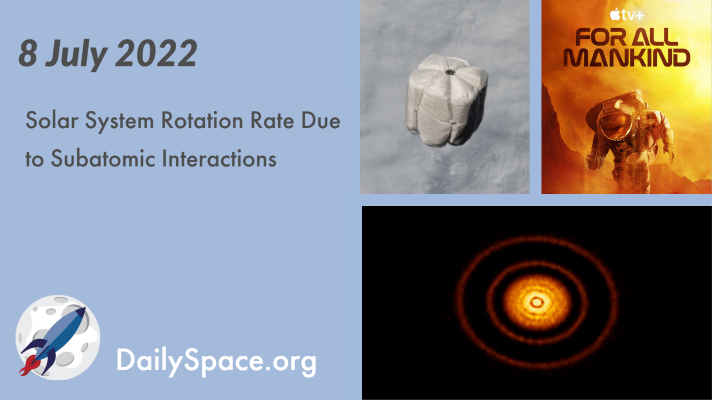
Jul 11, 2022 | Crewed Space, Daily Space, Earth, Exoplanets, JWST, Moon, Our Solar System, Review, Rockets, SpaceX, Starlink
Using a first-principles approach, researchers have discovered that the differences in the rotational rate of the solar system are due to the inward and outward flow of cations and electrons. Plus, JWST’s first list of observations, a Starlink launch, dinosaurs, raining sand, and a review of episode two of this season’s For All Mankind.
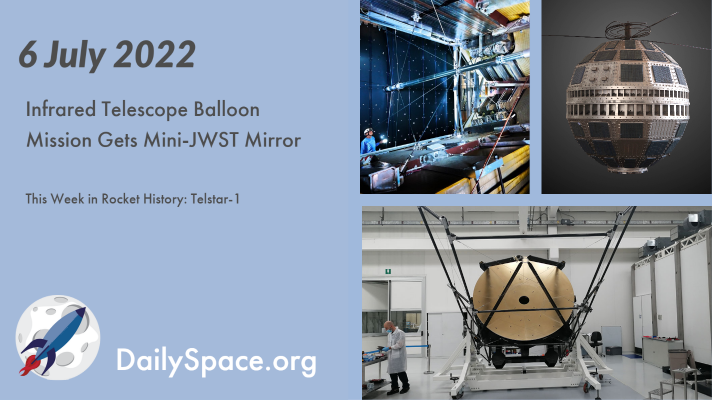
Jul 7, 2022 | Astrobiology, Daily Space, Earth, Fast Radio Bursts, JWST, Our Solar System, Physics, Quantum, Science, Space History, Spacecraft
While waiting for the launch and commissioning of JWST, engineers designed an infrared telescope with a 2.5-meter mirror that will fly onboard a large research balloon to nearly 40 kilometers in altitude. Plus, fast radio bursts, robotic ammonites, and this week in rocket history we look back at Telstar-1.
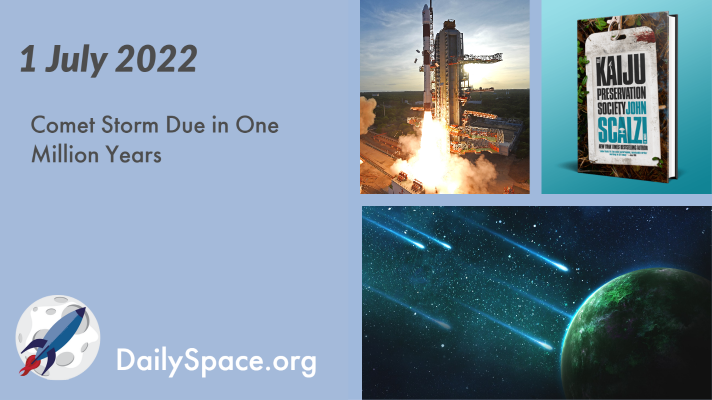
Jul 4, 2022 | Asteroids, Comets, Crewed Space, Earth, ISRO, Neptune, Our Solar System, Review, Rockets, Science, Uranus
A star cataloged as Gliese 781 is approaching our solar system and in slightly more than a million years from now, will reach the Oort Cloud, likely disrupting the orbits of icy bodies that could head toward Earth. Plus, an Indian launch, Asteroid Day, understanding our ice giants, and a review of Kaiju Preservation Society by John Scalzi.








 We record most shows live, on Twitch. Follow us today to get alerts when we go live.
We record most shows live, on Twitch. Follow us today to get alerts when we go live.